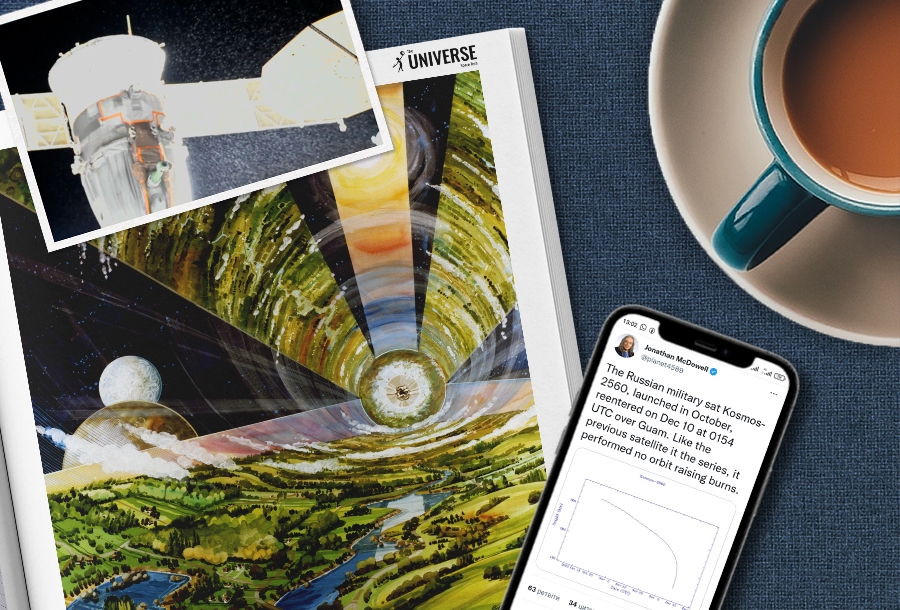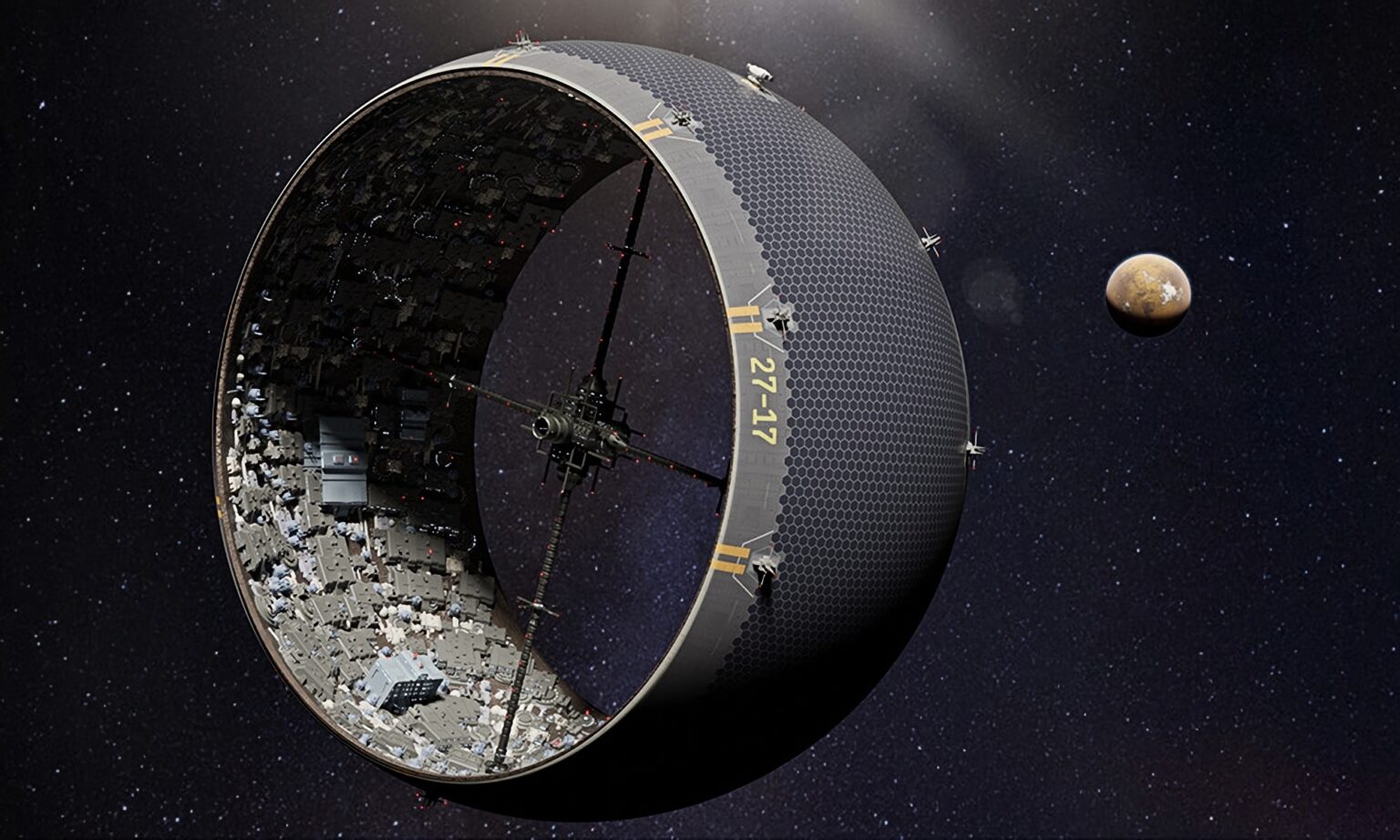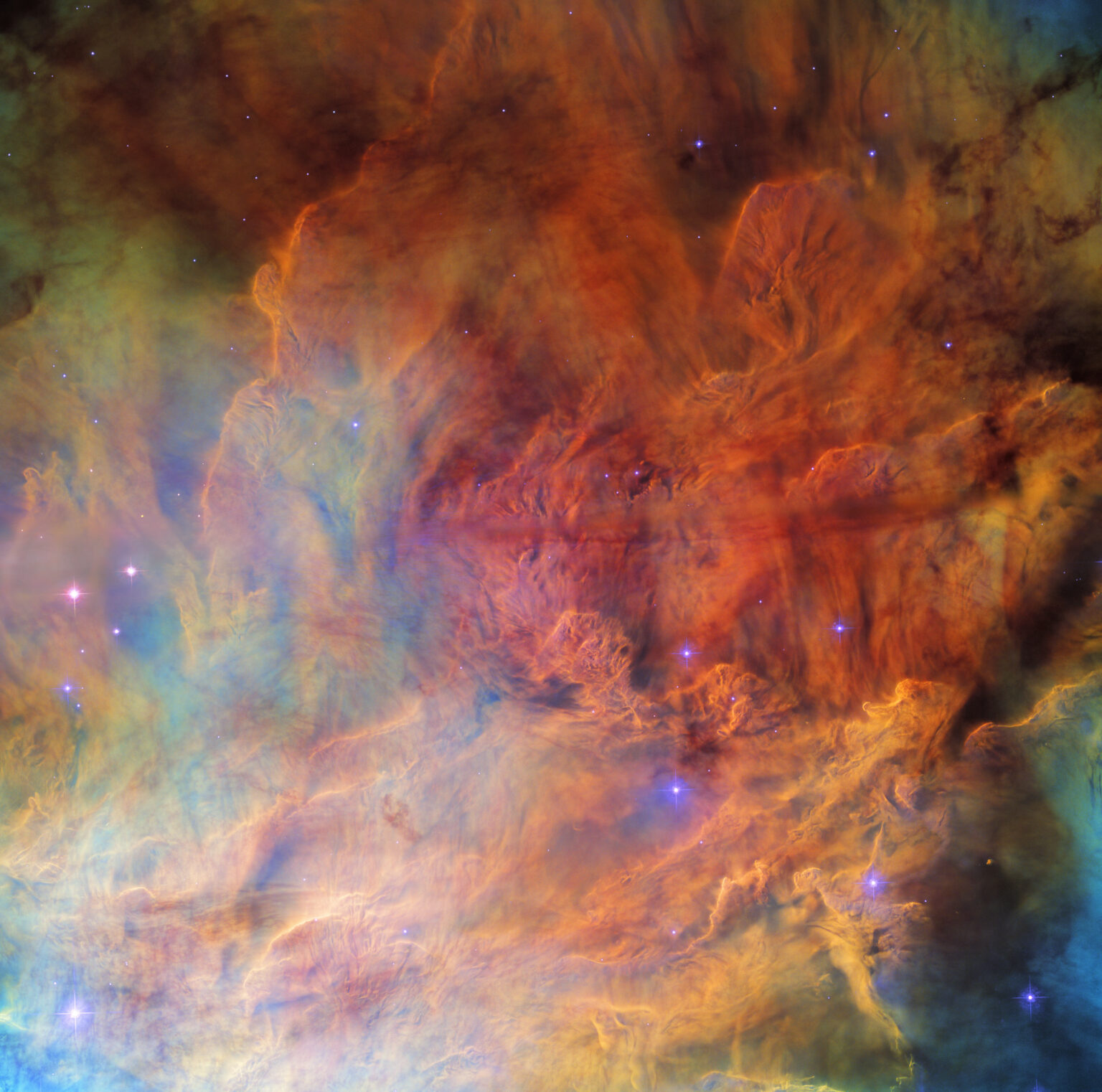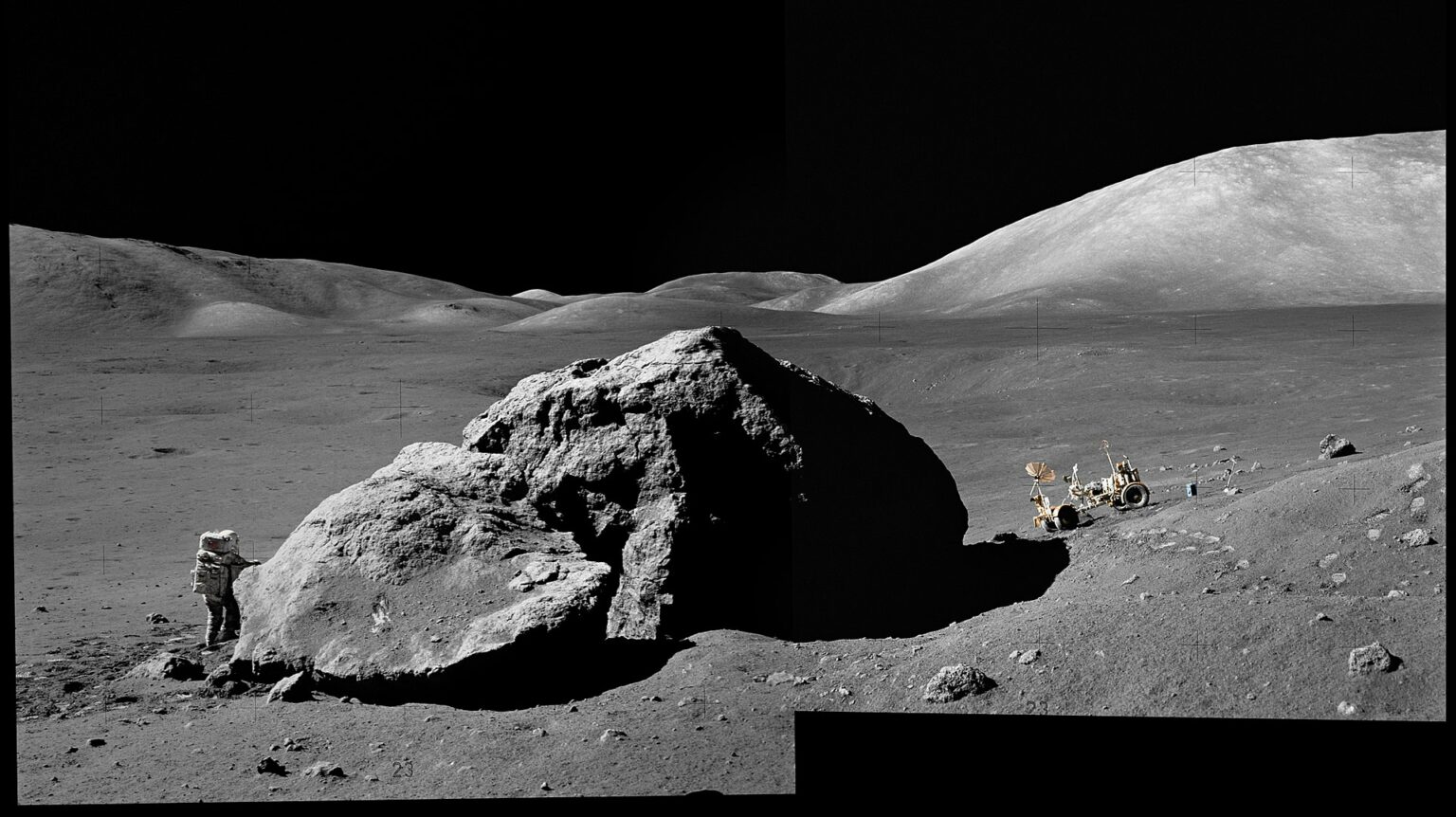Selection of the most interesting space news for the week: Seven of the most outstanding space events of the outgoing year; scientists want to use asteroids to build cities, and we are telling the story of the last lunar mission.

“One thing I have learned in a long life: that all our science, measured against reality, is primitive and childlike – and yet it is the most precious thing we have.”
― Albert Einstein
The UN General Assembly adopted a resolution against anti-satellite weapons
The resolution banning direct-action anti-satellite weapons was adopted on December 13 by the UN General Assembly. Unfortunately, it only calls on countries to abandon it and not to test it unless absolutely necessary. Despite this, the General Assembly did not adopt it unanimously. Even during the discussion in the First Committee, 8 countries opposed it. These were Russia, China, Cuba, Iran, Nicaragua, Syria, Bolivia and Belarus. Meanwhile, the US continues its efforts aimed at reducing the risks of its use.
The world’s first launch of methane-fueled rocket ends in failure
The launch of the world’s first methane rocket Zhuque-2 ended in failure. This was announced by the Chinese company Landspace, which built the carrier. The key feature of the carrier is the use of engines using methane as fuel and oxygen as an oxidizer. In recent years, a large number of players in the aerospace market have engaged in the creation of equipment using methane engines. Among them are SpaceX (Starship spacecraft/Super Heavy accelerator), ULA (Vulcan rocket), Blue Origin (New Glenn rocket) and a number of companies. If successful, Landspace could get ahead of them all and enter its name in the space directories.
Asteroids may become the future home of mankind

A group of scientists from the University of Rochester in New York has developed a plan to turn asteroids into space cities with artificial gravity. The basic concept of an asteroid city is based on an idea called the O’Neill cylinder, a rotating space colony design proposed by physicist Gerard O’Neill in the 1970s. Rotation creates artificial gravity on the inner rim of the wide ring. Remember the cylindrical Cooper station in the movie “Interstellar”, which creates comfortable conditions for the crew in this way.
A coolant leak occurred from the Soyuz MS-22 spacecraft
A coolant leak occurred from the Soyuz MS-22 spacecraft docked to the ISS. It has already led to the cancellation of the spacewalk scheduled for December 24. Soyuz MS-22 was launched on September 21, 2022. It delivered cosmonauts Sergey Prokopyev and Dmitri Petelin, as well as NASA astronaut Frank Rubio, to the station.
Space sensations: The most outstanding events of 2022
The outgoing year was full of sensational discoveries, amazing research and successful missions. The Universe Space Tech has prepared a list of sensational moments of 2022 in space.
- James Webb’s first photos. On July 12, humanity saw the first impressive images taken by a new space telescope. Their clarity and quality even exceeded the expectations of engineers. Astronomers expect James Webb to usher in a golden age in our understanding of the space by showing detailed photographs of objects billions of light-years away.
- Launch of the most powerful NASA SLS rocket — an impressive carrier weighing 2,600 tons, the height of the Statue of Liberty. This year, it finally went on its first trip into space, giving the “green light” to humanity to return to the moon.
- “Shot” at an asteroid. This year, NASA tested a “space weapon” aimed at saving humanity. On September 26, the DART mission successfully tested the possibility of changing the asteroid’s trajectory to protect the Earth from a collision with it.
- First photo of a Black Hole in the center of the Milky Way. Astronomers were able to view this mysterious object for the first time. Thanks to the power of eight connected radio antennas around the world, the Event Horizon telescope took a picture of the silhouette of a supermassive black hole known as Sagittarius A*.
- The largest comet in history. The Hubble Space Telescope has proved that the recently discovered comet C/2014 UN271 (Bernardinelli—Bernstein) has a nucleus measuring 135 kilometers for a mass of 500 trillion tons, making it the most tailed guest ever observed.
- China completes construction of the Tiangong Space Station — a laboratory where scientists will conduct research in microgravity, like astronauts on the International Space Station. “Tiangong” literally means “heavenly palace”.
- Ocean on Mimas. Saturn’s moon Mimas is known in the Solar System for its striking resemblance to the Death Star from Star Wars. But in 2022, this moon became a sensation – there could be an ocean on it, where there could potentially be life.
Photo of the week

Specialists of the Hubble mission support group have published a new colorful image. It shows a lot of multicolored gas clouds, which somewhat resemble a giant cosmic smokescreen. The region captured in the image is part of the scattered cluster NGC 6530. It is located at a distance of 4,350 light-years from Earth in the direction of the constellation Sagittarius and is part of the larger Lagoon nebula.
Interesting figure — 2 months
The Russian military sat Kosmos-2560, launched in October, reentered on Dec 10 at 0154 UTC over Guam. Like the previous satellite it the series, it performed no orbit raising burns. pic.twitter.com/ukxSU3PIco
— Jonathan McDowell (@planet4589) December 11, 2022
The Russian military satellite Kosmos-2560 descended from orbit and burned up in the earth’s atmosphere less than two months after its launch. This was announced by astrophysicist Jonathan McDowell, who specializes in conducting launch statistics and tracking objects in near-Earth orbit.
Something to read on the weekend

Fifty years ago, astronauts Eugene Cernan and Harrison Schmitt became the last people to visit the Moon in the XX century. We talk about the final flight of the Apollo program in the article “The last humans on the Moon. History of the Apollo 17 mission“. And we also continue the story about the confrontation between states in space. Check out the next part of it in the material “Alliances and confrontations in space. US space allies“.
Follow us on Twitter to get the most interesting space news in time
https://twitter.com/ust_magazine

